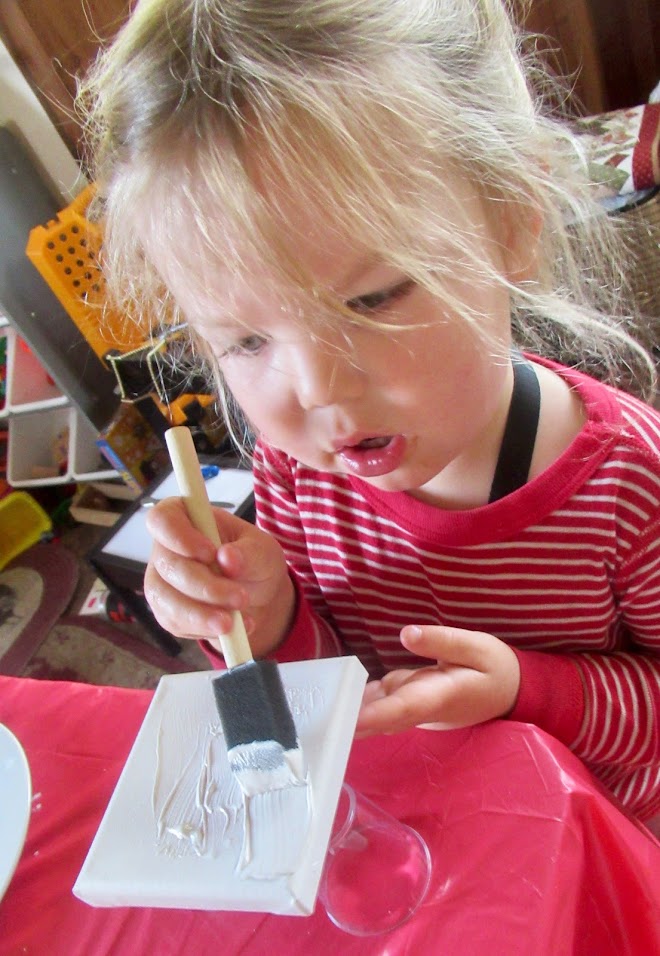The Same-Only Different
Suppose MLB and the Players’ Union made a really cool new rule that would end horrific collisions at home plate. Suppose that both sides agreed that this was the only correct thing to do and made sure the new rule went into effect just before Spring Training games began, so that all clubs could try it on for size before the new season opened up. But suppose the new rule was really nothing more than window-dressing, and that when push comes to shove (literally), the new rule would get broken faster than Buster Posey’s ankle broke when Scott Cousins tried to score a run on May 25th, 2011, effectively ending the Giants’ hopes for a repeat title.
That’s my take on Rule 7.13, the just-enacted regulation designed to increase player safety, by more tightly governing specific players’ actions in plays at the plate. Simplified, the new rule states that the runner may not run out of a direct line to the plate in order to initiate contact with the catcher or any other player protecting the plate, nor may the catcher or any other player in that role, block the runner before he has possession of the ball. On paper it all sounds so jolly, I’m sure it’s going to work out grand. Runners will waltz nimbly past home plate while catchers set the table for tea and crumpets.
The reality is nothing much has changed: The catcher may still block the plate if he has the ball, and the runner may still initiate contact with the catcher, in an effort to dislodge the ball and score a run, if the catcher blocks the plate. In other words, it’s the same only different. Collisions-both planned and unplanned-will still take place, and when you have two highly trained athletes colliding at any speed, you are going to encounter the possibility of injury. So when all the song and dance has petered out, what we have left is a weak-sauce effort to placate those who would continue to water down baseball to the point where it is politically polished and everyone leaves with a smile.
Please do not mistake my cynicism for disagreement with the idea of trying to prevent serious injury. I was as devastated as any Giants fan (and any true baseball fan) the day Buster went down. However, enacting a rule such as 7.13 is not going to prevent that from happening again; the only thing it guarantees is that MLB and the players’ union are dead set against players getting hurt, and well, sure that’s a good thing. But If baseball wants to avoid collisions at the plate, then it should outlaw collisions at the plate, by making the ball dead, in the event such a collision should take place, and sending the runner back to third. Or better still, eject the party deemed guilty and move on.
But the reality is that spilt milk happens and collisions will result. When the late innings arrive in a taut duel between top-notch competitive pitchers, and the runner has a chance to score the game-winning run by adjusting his angle at the plate, while the catcher has to make a split-second decision on whether the ball will actually arrive before the runner, and the whole thing is left up to the discretion of the umpire, then I think Rule 7.13 is going to have about as much effect as the vendor in the stands hollering, “Beer, Here!” except maybe the fans in the stands get to quench their thirst. Because the runner is still going to go all out, and hope that something happens along the line that will give his side the lead, and the catcher is going to do everything he can to stop it, even if it results in a collision, Rule 7.13 or not.
And when that prevailing sentiment ceases to dominate baseball, we’ll all put away our bats and gloves and take up tiddlywinks, and try not to hurt one another by winking too hard.















No comments:
Post a Comment